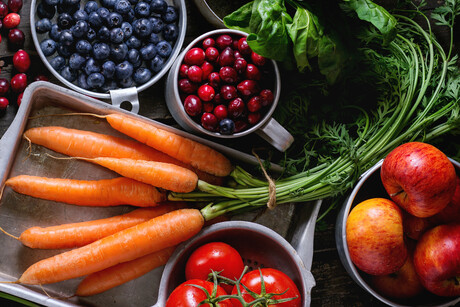Prepare for the Flu
The Centers for Disease Control and Prevention (CDC) estimate the swine flu virus will infect 40 percent of the U.S. population over the next two flu seasons. Remember the personal steps you can take to reduce spread of infection and to keep yourself, your coworkers, and your family healthy and safe:
Cover your cough or sneeze with a tissue, and throw the tissue in the trash after you use it. If you don't have a tissue, cough or sneeze into the crook of your arm — not your hand.
Wash your hands often with soap and water.
Avoid touching your eyes, nose or mouth.
Stay home if you're ill, and keep your children home from school if they are ill.
Develop a personal, family and business plan for a worst-case scenario for a flu outbreak in your community.
Contact your doctor to see if you should be treated for influenza with antiviral medication if:
You have a fever over 100 degrees °F, accompanied by a cough or sore throat, AND
You have an underlying condition (e.g., asthma, diabetes) OR you are pregnant, OR the person who is sick is younger than age 2.
Check out these additional guidelines from the CDC (Centers for Disease Control):
http://www.pandemicflu.gov/plan/individual/index.html.
Source: Centers for Disease Control and Prevention.
Eat Less Added Sugar
The American Heart Association (AHA) has put a limit on the amount of added sugars that should be consumed — the first organization to do so.
Most women should consume no more than 100 calories of added sugars per day.
Most men should consume no more than 150 calories of added sugars each day.
That's about 6 teaspoons of added sugar a day for women and 9 for men. Try these suggestions to help you eat fewer sugars:
Eat a pear, peach, apple or other sweet fruit to satisfy a sugar craving.You might feel deprived if you don't eat a few sweets.
Reserve high-calorie desserts for special occasions, and eat them in moderate amounts.
Choose desserts that are better for you — such as frozen yogurt topped with fruit and nuts.
Dentists recommend that if you eat sweets, eat them at meal time (not between meals) and brush afterward.
Buy whole-grain, unsweetened cereals for breakfast. If you need a sweeter taste, add berries, bananas or raisins.
Source: American Heart Association.
Sugar Has Many Names
Sucrose (white cane sugar), fructose (fruit sugar), lactose (milk sugar), glucose (forms when carbohydrates are broken down), dextrose (corn sugar), maltose (malt sugar), invert sugar (a mix of glucose and fructose), evaporated cane juice, brown sugar, corn syrup, honey, turbinado sugar, beet sugar, barley malt syrup, brown rice syrup, date sugar, maple sugar, molasses and raw sugar. Use all of these sugars sparingly.





